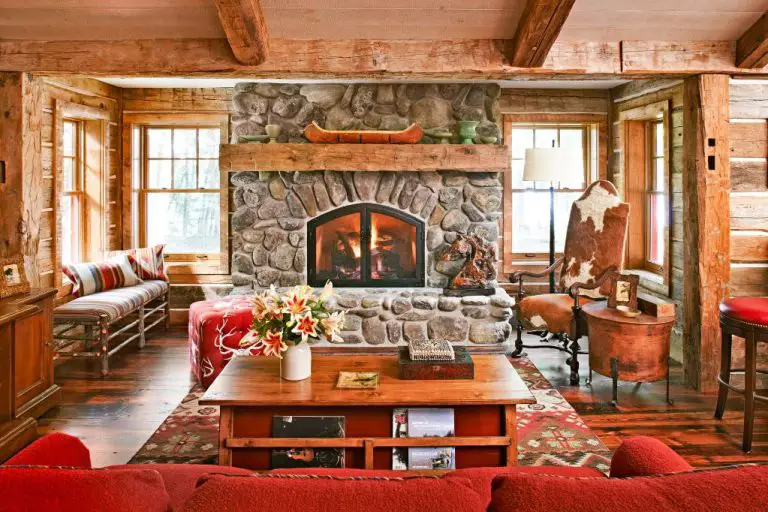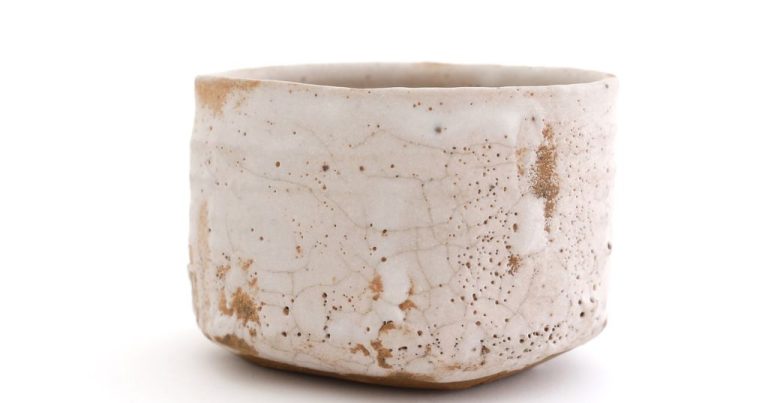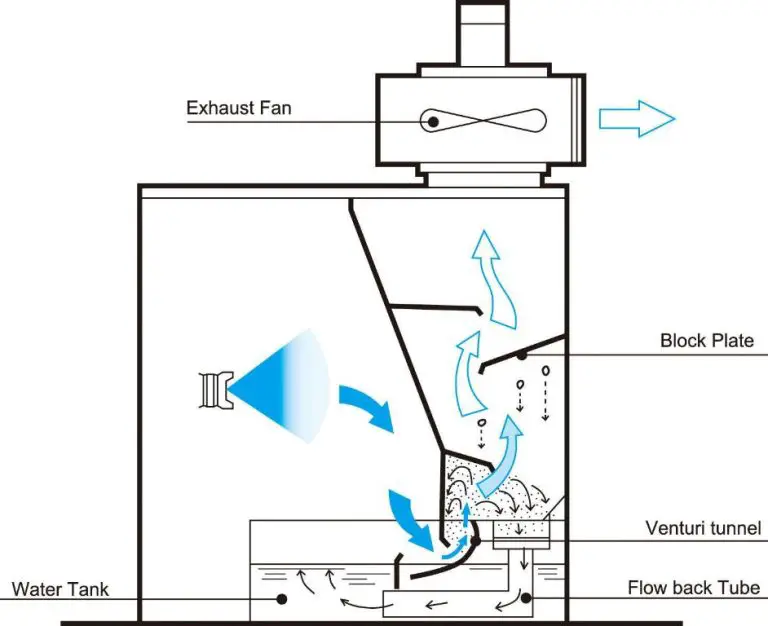Can Refractory Bricks Withstand Temperature?
What are Refractory Bricks?
Refractory bricks are heat resistant bricks made from materials that can withstand extremely high temperatures, typically above 1000°C (According to Refractory Bricks : Overview, Types, Properties, and Benefits). They are used to line furnaces, kilns, fireplaces, and other high-temperature equipment. Refractory bricks are primarily made from fire clays, which contain a high percentage of alumina and silica. Other common refractory materials include silica, magnesia, and calcium aluminate cement (According to Refractory Bricks: Overview, Types, Properties, and …).
The key properties of refractory bricks that allow them to withstand intense heat include:
- High refractoriness – Refractory bricks have a high melting point, typically over 1580°C.
- Load bearing strength – They have high compressive strength and low porosity to withstand mechanical stress and prevent cracking.
- Thermal stability – Refractory bricks resist thermal shock and chemical erosion from fluxes, slags, and gases.
- Insulation – They have low thermal conductivity, which reduces heat loss.
How are Refractory Bricks Made?
Refractory bricks go through a multi-step manufacturing process to achieve their high heat resistance properties. The main steps include:
Raw material preparation – The key raw materials are fire clays and minerals like alumina, silica, and magnesite. These are crushed, ground, blended and mixed with water to create a homogenous mixture.
Shaping – The prepared mixture is shaped into bricks using methods like pressing, extrusion, and molding. The green bricks are then dried in dryers.
Firing – The dried bricks are fired in kilns at very high temperatures, typically between 1200°C to 1800°C. This sinters the bricks giving them strength and makes them refractory.
Quality control – The fired refractory bricks are inspected for quality, and corners, cracks, karst caves or other unqualified refractory bricks are discarded (Source). Only bricks that pass testing are used.
Heat Tolerance Capabilities
Refractory bricks are designed to withstand extremely high temperatures. According to Zircoa, their standard bricks can handle operating temperatures greater than 2000°C (3630°F) (source). Other types of refractory bricks, such as those manufactured by NC Refractories, are rated for temperatures up to 3200°F (1760°C) (source).
The maximum service temperature depends on the chemical composition of the brick. Higher purity and density allows for greater heat tolerance. Important factors include the type of raw materials, manufacturing process, and quality control. Limiting impurities and minimizing porosity improves heat flow resistance.
Compared to traditional construction bricks or concrete, refractory bricks can withstand much higher temperatures without cracking or disintegrating. However, other advanced ceramic materials like silicon carbide may offer even greater heat tolerance upwards of 3000°C.
While refractory bricks have excellent thermal properties, proper installation and maintenance is crucial for safety. Gradual thermal cycling helps prevent sudden cracks or spalls. Care should be taken to avoid contact with water that could expand into steam and cause explosions.
Applications demanding high temperature
Refractory bricks are able to withstand extremely high temperatures, making them ideal for applications that involve exposure to heat above 1000°C (1830°F). Some key high-temperature industrial applications that rely on refractory bricks include:
Steelmaking: Refractory bricks line steelmaking furnaces and ladles used to transport and hold molten steel. Temperatures can exceed 1600°C (2910°F) in steelmaking furnaces, so refractory bricks with high refractoriness are required (https://blog.metcar.com/7-high-temp-applications-high-performance-materials).
Glassmaking: Refractory bricks make up glass furnaces and pots that hold molten glass at over 1500°C (2730°F). The bricks must withstand thermal shock and chemical attack from the molten glass (https://www.sciencedirect.com/topics/engineering/high-temperature-applications).
Cement manufacturing: Rotary cement kilns rely on refractory brick lining to withstand inner temperatures up to 2000°C (3630°F). The bricks insulate the steel kiln shell and protect it from the hot clinker material (https://omnexus.specialchem.com/selection-guide/high-temperature-thermoplastics/key%20applications).
Ceramics manufacturing: Kilns used for firing ceramics can reach over 1300°C (2370°F). Refractory bricks make up the lining and insulation, protecting the kiln structure from extreme heat.
Improving Heat Resistance
There are several approaches to improving the heat resistance of refractory bricks to enable them to withstand higher temperatures:
Novel materials research focuses on developing new refractory compositions that are stable at extreme temperatures. For example, researchers are studying ultra-high temperature ceramics such as zirconium diboride and hafnium diboride which can withstand over 3000°C. The challenge is producing these materials cost-effectively.
Additives can strengthen refractory bricks and increase their thermal shock resistance. These include ceramics like silicon carbide, zirconia, and aluminum titanate. Fine tuning the amounts and combination of additives allows optimizing bricks for a given application’s demands. According to research by Stella Li (https://www.linkedin.com/pulse/how-improve-thermal-shock-resistance-refractory-materials-stella-li), antioxidants improve thermal shock resistance by counteracting oxidation and phase changes during thermal cycling.
Manufacturing techniques also play a key role. Isostatic pressing and vibration compaction create denser bricks with higher thermal conductivity. The bricks can also be pre-fired at controlled temperatures before being installed to stabilize their microstructure. Glazes and coatings provide insulation and oxidation resistance to prolong service life.
Limitations and Challenges
Refractory bricks have some limitations and challenges that must be considered for high temperature applications:
Thermal shock failures – Refractory bricks can crack or spall when subjected to rapid temperature changes. The rate of temperature change and operating temperature range must be within the brick’s designed thermal shock resistance. Sudden changes between high heat on one side and cooler conditions on the other side can exceed the thermal gradient the material can withstand without damage (Refractory Bricks – Advantages, Disadvantages & Uses).
Erosion issues – Over time, factors like chemical corrosion, abrasion, and chipping can erode refractory bricks, potentially requiring frequent replacement. The operating environment must be evaluated for potential erosion mechanisms (Advantages and disadvantages of different kinds of refractory bricks).
Cost considerations – Refractory bricks are more expensive than typical firebricks. The high performance capabilities come at an increased cost. Proper selection, installation, and maintenance are needed to maximize service life and achieve the best value (Refractory Brick Vs Fire Brick: What’s the Difference).
Refractory Brick Standards
There are a number of standards organizations that have created standards for testing and evaluating refractory bricks, the most notable being ASTM International (formerly known as the American Society for Testing and Materials) and the International Organization for Standardization (ISO). Some key standards include:
ASTM C27 – Standard Test Methods for Chemical Analysis of Limestone, Quicklime, and Hydrated Lime [1]. This standard covers chemical analysis methods for evaluating the composition of refractory materials.
ASTM C71 – Standard Test Method for Relative Density of Solid Refractories [2]. This covers testing procedures for determining the bulk density of refractory bricks.
ASTM C113 – Standard Test Method for Reheat Change of Refractory Brick [3]. This covers testing the dimensional changes in refractory bricks when reheated after an initial heat treatment.
ISO 1893 – Refractory Materials – Determination of thermal conductivity of insulating refractory bricks [1]. This ISO standard specifies a method to determine the thermal conductivity of insulating refractory bricks.
ISO 2245 – Refractory materials — Physical testing — Determination of bulk density, apparent porosity and true porosity [2]. This standard covers measuring bulk density, apparent porosity, and true porosity of refractory materials.
ISO 3187 – Refractory products — Determination of mechanical strength [3]. This standard covers various test methods for determining the mechanical strength of refractory bricks and shapes at room temperature.
Care and Maintenance
Proper care and maintenance are crucial for maximizing the lifespan of refractory bricks. Some best practices include:
Careful installation according to manufacturer specifications, ensuring a tight fit and avoiding gaps that allow heat loss. Mortar selection should match the application temperatures to avoid degradation.
Regular inspections to identify any damage early before it worsens. Look for cracks, chips, abrasions, or erosion. Thermal scanning can detect hotspots indicative of degradation.
Protect bricks from abrupt temperature changes that cause thermal shock. Allow sufficient warm-up and cool-down times for the furnace or kiln. Insulate and surround bricks to minimize direct flame impingement.
Selecting appropriate refractory materials for the operating conditions. Using bricks rated for higher temperatures than needed will improve service life.
Timely repairs by patching or replacing individual damaged bricks before larger failures occur. Use similar materials and proper installation techniques.
Proper storage and handling of spare refractory bricks, keeping them dry and minimizing mechanical impacts.
With diligent care and maintenance, refractory bricks can often last through multiple service campaigns before requiring extensive repair or full replacement.
Future Outlook
The market for refractory bricks is projected to continue growing at a steady pace in the coming years. According to one report, the global refractory bricks market is expected to reach USD $X billion by 2025, up from $Y billion in 2020, representing a CAGR of around Z%. Key factors driving this growth include rising investments in infrastructure projects, expansion of the steel and cement industries, and increasing use of refractory linings in petrochemical applications.[1]
Advancements in technology and materials science are also leading to improvements in the performance capabilities and durability of refractory bricks. Researchers are developing new refractory compositions using alternate raw materials like silicon carbide and zirconia, which can withstand even higher temperatures exceeding 3000°C. New manufacturing techniques like additive manufacturing are also enabling more precise shapes and complex geometries for specialized applications.[2]
Sustainability will be a key consideration for the refractory bricks industry going forward. Efforts are underway to utilize more recycled and waste materials as raw ingredients and reduce carbon footprint in manufacturing. The high embodied energy of traditional refractories means there will be greater emphasis on extending service life through optimal design, installation, and maintenance.[3]
Conclusion
Refractory bricks are a specialized material capable of withstanding extremely high temperatures while maintaining their strength and structure. As we’ve explored, there are various types of refractory bricks, manufactured from materials like fire clay, silica, and alumina which give them unique properties and temperature tolerances.
When used properly, refractory bricks enable many important industrial processes involving high heat like steel manufacturing, incineration, and glassmaking. While ongoing research aims to push the boundaries of heat tolerance even further, current technology allows refractory bricks to withstand continuous temperatures up to 3000°F, with temporary spikes over 5000°F. Proper installation and maintenance is key to maximize durability and working life.
In summary, the exceptional heat resistance of refractory bricks, combined with their strength and stability, make them an indispensable asset for applications where temperature extremes far exceed the limits of conventional materials. As technology advances, expect refractory bricks to play an ongoing role enabling our most extreme industrial processes.





